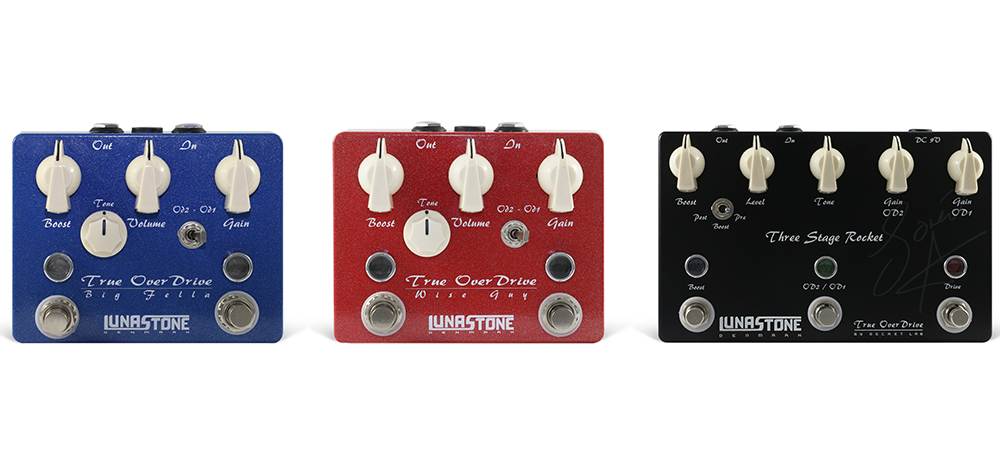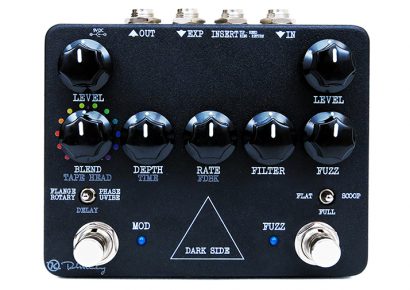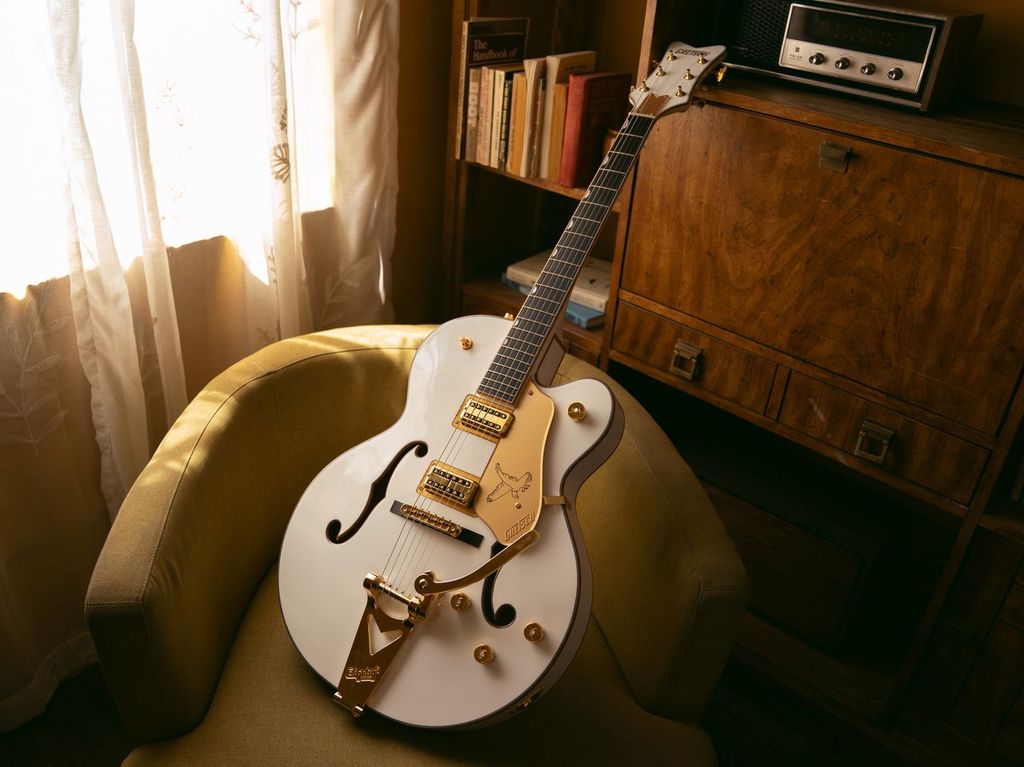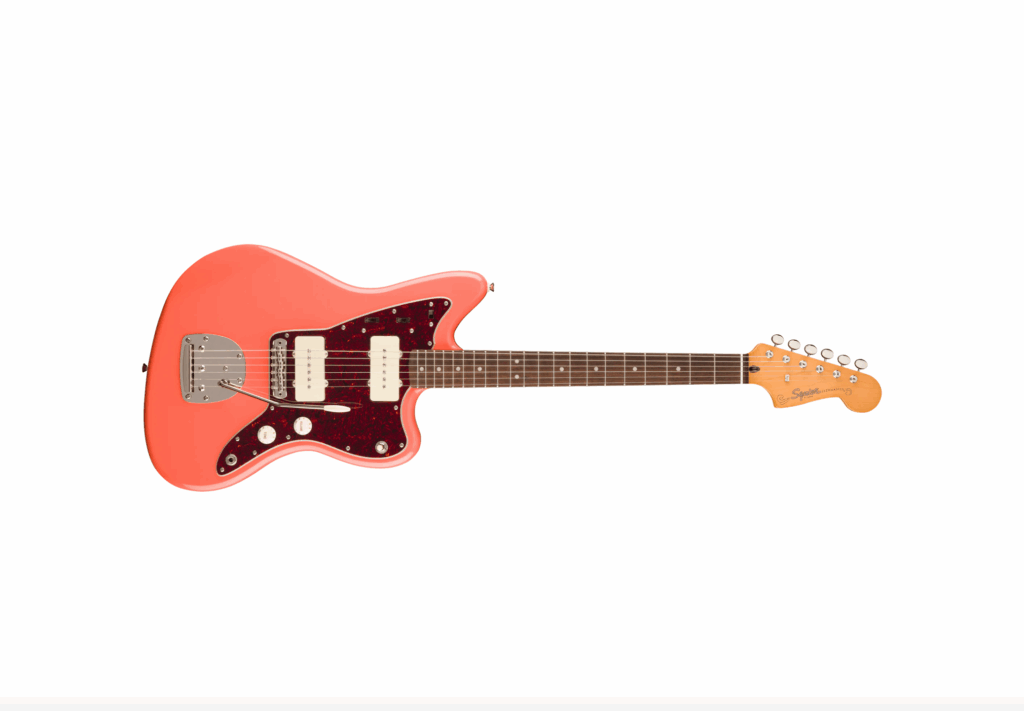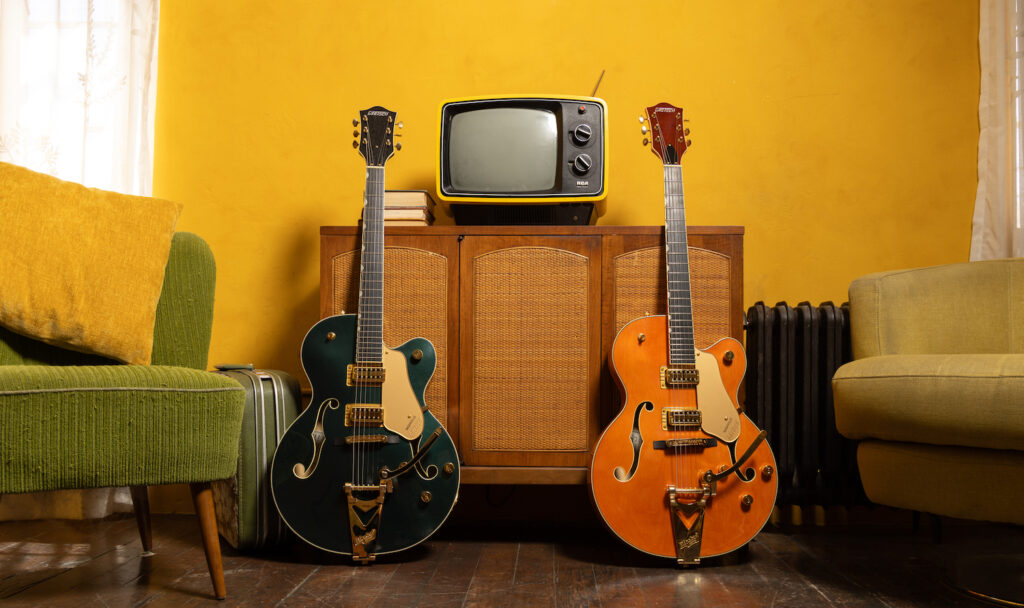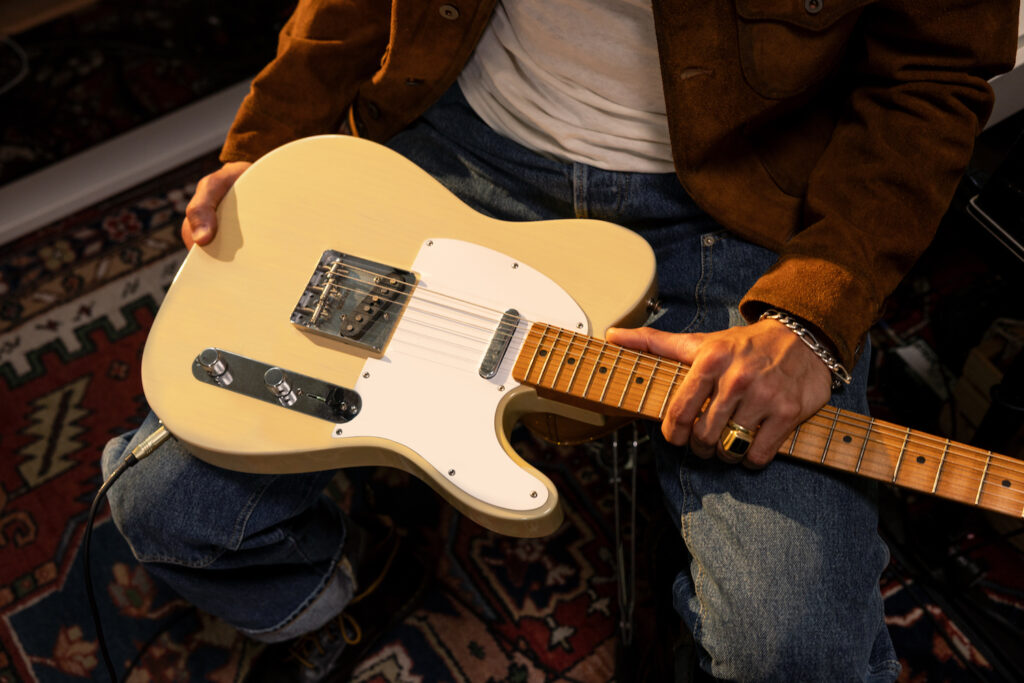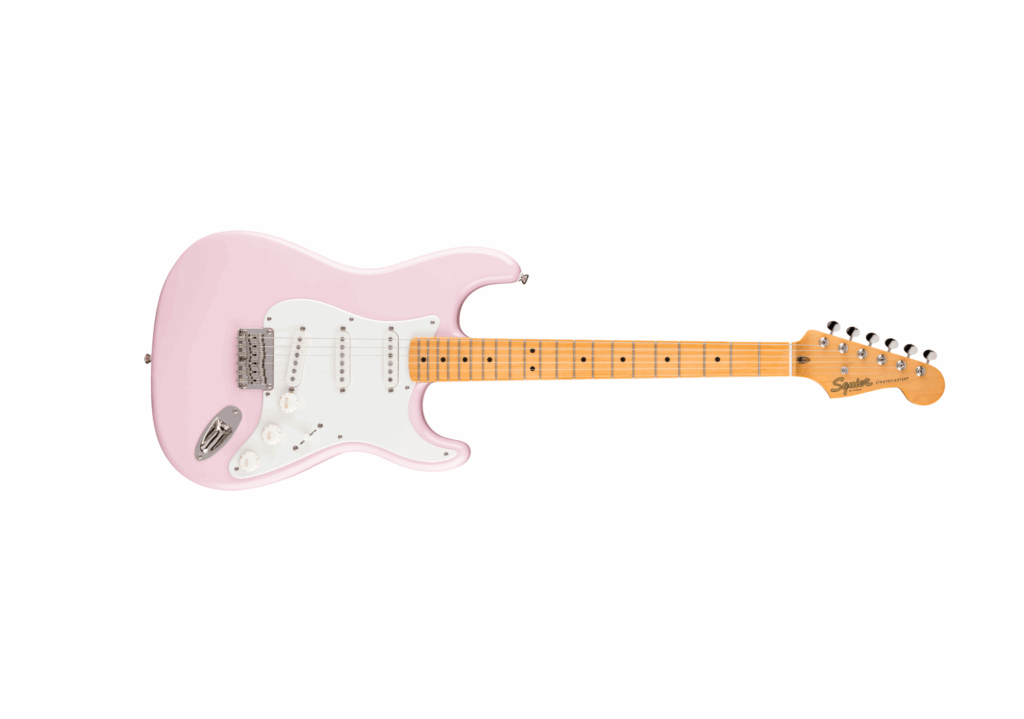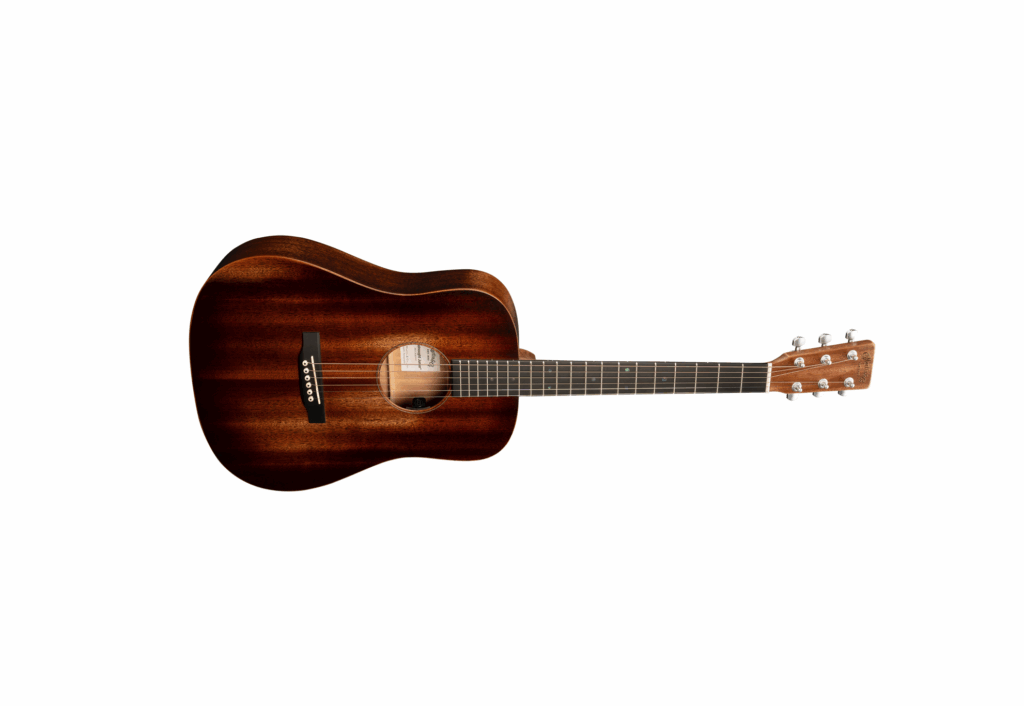The first thing a builder has to learn – after reading ‘Soldering For Dummies’ of course – is how and when to pick your battles. And that’s just what Steen Grøntved, founder of Danish effect manufacturer LunaStone, did. In fact he spent countless hours finding out as much about what makes dirt so dirty, exhausting every avenue from FET to germanium to bog standard diode clipping, in order to find out exactly what his ear was missing every time he plugged into a new stompbox. Transparency is a word often bandied about by builders as somewhat of a side note to the veritable rainbow of coloration on offer, but rarely is it taken as the driving force behind why any given pedal sounds the way it does. It seems almost oxymoronic in a way; the idea that a unit designed to smash your signal to smithereens should try to maintain, if not bolster, that very signal simultaneously. However, if you take as given the idea that every modern stompbox is descended from busted tube amps in garages across 1950s America then it only stands to reason that complimenting the sound of your favourite axe plugged into your favourite amp is a desire close to the heart of every signal chain.
Such extensive investigation leads Grøntved to the conclusion that the all too common diode clipping method of distortion, while cheap and easy to replicate, is simply not the path to enlightenment. Instead, the sound of stacking simple, quality capacitors and transistors is at the heart of his TrueOverDrive trademark. This brings the tonal signature a lot more in line with recording techniques on classic records from the 70s than their more modern predecessors, while affording the player a little more room to let the innate characteristic of the guitar itself sail through to the speakers. Overall the pedals are mid-focused, controlled, truly transparent and play really well when there are the other kids in the playground.
WISE GUY OVERDRIVE
First off the bench is the Wise Guy in his snappy, fire engine red enclosure. He’s the brighter of the bunch with a good amount of bluesy break up that never gets so hotheaded as to wander into too-harsh territory. Dialed down you can really feel how touch sensitive the clip is as it just peppers each note with a touch of glass. With the Overdrive switch over to the left you heat up proceedings considerably and, as if that’s not enough, the Boost switch comes in after all that gain to shove just that little bit more into the face of your amp forcing it to pick up a bit of extra slack.
BIG FELLA OVERDRIVE
The Big Fella is a little more muscular than it’s brother in arms. The difference is something akin to the difference between an AC30 and a JCM800. The signal is hotter, the wave shape is more squared-off and the result is a creamier, more searing howl. Again you have the option of two tone-stacks and the Boost switch, which really presents itself more like a compressor in this instance. It also brings a considerable amount of sustain and some darker harmonics to the party that I, for one, was inclined to leave on permanently.
THREE STAGE ROCKET OVERDRIVE
Last but by no means least, the Three Stage Rocket lumbers in as the bigger brother of the family. In a way, it’s a combination of its siblings but has more than enough stories of its own to tell without the other two butting in. Designed in conjunction with fellow Danish shred lord Soren Andersen, you almost get the feeling like the other two circuits were fact-finding missions on the road to this ultimate destination. One switch kicks on the chiming grit of the Wise Guy as dictated by the OD1 dial directly above. The next is in command of the OD2 dial and the Big Fella’s Clapton-esque warmth. Finally the Boost switch functions as either a clean volume jump as in the other units, or fire up to +15db into the front of the stack. This is to me where the unusually clean blanket of distortion really came to life. That little bit more fire in the front-end really amplified the artifacts of my actual playing in and around all that glorious mess. Actually hearing the pick hit the strings either deftly as I could or with all my might really made me want to play into the pedal rather than have it lead me up the garden path.
An interesting thing to note with all three builds is the way the Tone control operates. At first glance it seems an odd, if disappointingly narrow sweep with not nearly as much control as we’ve come to expect. However, once my ear tuned in to the harmonics whirring around my head and the unbridled transparency, it becomes clear that this is not an oversight in the design. It’s more evidence that Grøntved is simply con dent in his research. He has found a high shelf for his creations to sit on both tonally and where quality is concerned and knows that if you’ve come to him at all, you’ve come to the right place.
True to the Scandinavian stereotype, if there’s anything you can say about LunaStone’s builds it is that they are methodically designed, simple and have an unprecedented clarity of purpose. Far from rubber-stamping a sound on every player they simply offer advice and a map and set you off on the road to Tone City. You asked for transparency, you asked for classic voicing and ultimate control; you now have everything you need to get there on your own.
For more details, head to ambertechnology.com.au.
